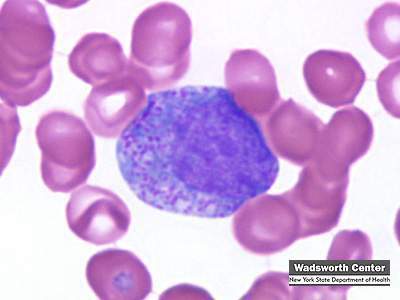Hematology: Blood Analysis and Disorders
- ASCP
- NAACLS
2.
You may optionally provide this to label your report, leaderboard, or certificate.
×
Thank you for your feedback!
















